Life science covers an assortment of subjects, and all of them center on the scientific study of living organisms. The two primary areas are biology and medicine, and each has an array of separate subtopics, plenty of which are conveniently covered by The Walking Classroom’s podcasts! Loop in some life science and have a listen to a few!
Basic Biology
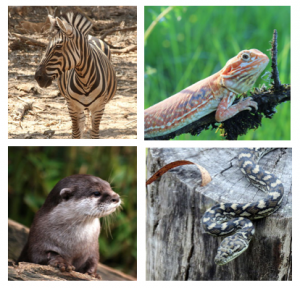 In biology, the most common subtopics likely to be addressed in middle grades or middle school classrooms are anatomy, botany, cell biology, ecology, entomology, marine biology, and zoology. And, The Walking Classroom covers plenty of these! For instance, lessons on anatomy and zoology are easily supplemented by a listen to Walking Classroom podcasts.
In biology, the most common subtopics likely to be addressed in middle grades or middle school classrooms are anatomy, botany, cell biology, ecology, entomology, marine biology, and zoology. And, The Walking Classroom covers plenty of these! For instance, lessons on anatomy and zoology are easily supplemented by a listen to Walking Classroom podcasts.
Anatomy
- Human Body’s Slimy Shields (4-#4, STEM-#29, Complete-#127)
- Skin (4-#5, STEM-#30, Complete-#126)
- Heart and Circulatory System (4-#6, STEM-#31, Complete-#128)
Zoology
- Animal Classification (4-#41, STEM-#32, Complete-#131)
- Food Chains (4-#42, STEM-#33, Complete-#130)
And, students can walk, listen, and learn about topics in ecology and marine biology as well!
Ecology
- Conservation (5-#7, STEM-#36, Complete-#129)
- Rachel Carson (5-#8, STEM-#37, Complete-#157)
- Inez Fung (5#9, STEM-#38)
- John Muir (5-#12, STEM-#23, Complete-#166)
Marine Biology
- The Ocean Floor (5-#75, STEM-#27, Complete-#143)
- Marine Life (5-#76, STEM-#34, Complete-#142)
- Currents and Tides (5-#77, STEM-#28, Complete-#141)
Medicine and More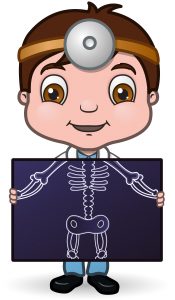
In the area of medicine, subtopics include the medical specialties. While you’re not likely to be covering pharmacology or rheumatology, there are some podcasts which perfect for addressing certain aspects of medicine. Dose up on some famous doctors via these biographical podcasts!
- Dr. Charles Drew (4-#13, STEM-#43, Complete-#161)
- Clara Barton (4-#14, STEM-#39, Complete-#94)
- Dr. Elizabeth Blackwell (4-#15, STEM-#40, Complete-#155)
- The Mayo Family and Mayo Clinic (4-#18, STEM-#42)
- Dr. Daniel Hale Williams (4-#19, STEM-#41, Complete-#167)
- Dr. Christiaan Barnard (4-#20, STEM-#44, Complete-#154)
In addition, you can easily add to your students’ knowledge, as these particular podcasts have their own literary links available. In fact, a simple library (or internet) search reveals a number of grade-appropriate biographies.
Life Science Fun Further Afield
Best of all, it’s not too tricky to take the study of life science further, and go beyond the information gleaned from the podcasts and classroom discussion. After all, science topics open you up to plenty of possibilities for extending the lesson.
The most popular are field trips, so why not hit a local aquarium, hospital, or zoo? And if field trips are not an option, you can always take a virtual visit! The Smithsonian’s National Zoo provides a number of animal webcams to enhance your students’ understanding.
Looking for a slightly different kind of experience? You can go under the sea without getting wet! Check out the Scripps Institution of Oceanography’s pier cam and kelp cam! Thanks to these tools, you and your students can see sea life without ever leaving the classroom.
Discovery Education is also a great resource for virtual field trips. The offerings include topics in the sciences, as well as in math and history!
Finally, for understanding anatomy, nothing beats a virtual tour of the human body! In addition, some hospitals, like St. Louis Children’s Hospital, provide virtual tours. You may want to check one out!
Hands-On Life Science!
Beyond field trips (virtual or otherwise!), heaps of hand-on activities can be had by students participating in projects and experiments—indoors or out! Even better . . . bring topics together! Explore an array of age-appropriate activities in lesson plans from The Smithsonian’s National Museum of Natural History.


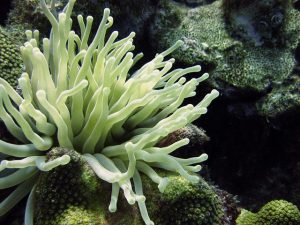
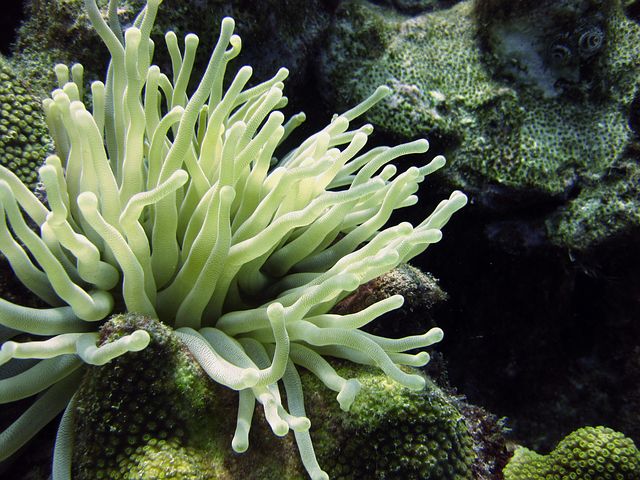
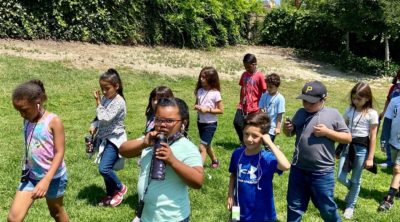
Leave a Reply